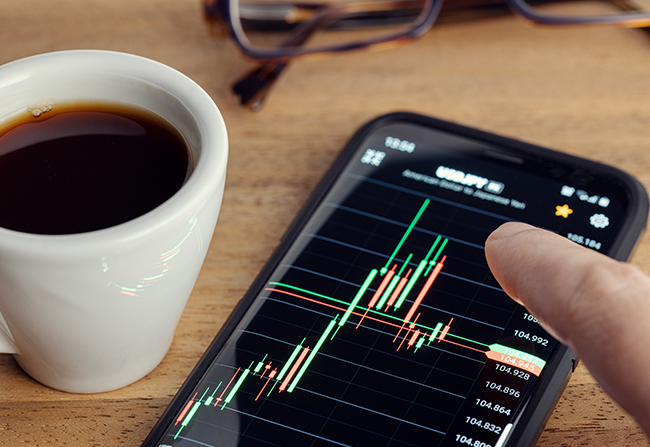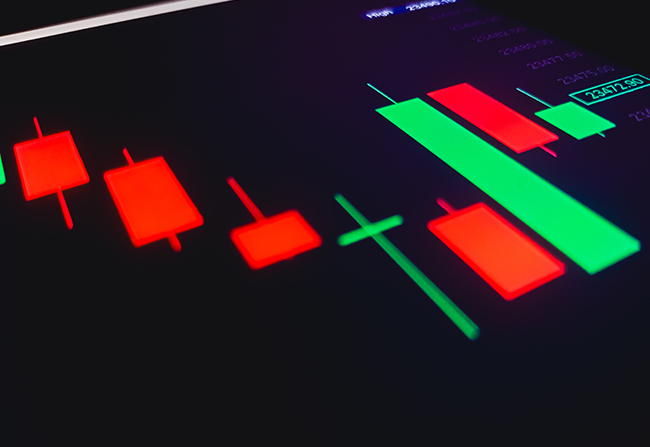
One of the most fundamental aspects of trading is understanding the different types of orders you can place. The type of order you use determines how your trades will be executed and plays a key role in risk management. Knowing when and how to use these orders is essential for both novice and experienced traders alike.
In this article, we will explore the three most common types of orders in trading: market orders, limit orders, and stop orders. Each of these orders has a distinct purpose, and knowing how and when to use them can help you execute your trades more effectively, reduce risk, and ensure better control over your trades.
What Are Market Orders?
A market order is the most straightforward and commonly used order in trading. It instructs your broker to buy or sell an asset immediately at the best available price in the market. Market orders are executed instantly, which makes them ideal for traders who want to enter or exit a position without waiting.
Advantages of Market Orders:
- Immediate Execution: Since a market order is placed at the current market price, it is executed as soon as possible.
- Simplicity: Market orders are easy to understand and require no further action on the trader’s part once the order is placed.
Disadvantages of Market Orders:
- Price Slippage: The main drawback of market orders is the possibility of price slippage. Slippage occurs when the price of the asset changes between the time you place the order and the time it is executed, especially in fast-moving or volatile markets.
- Lack of Control: Because the trade is executed at the best available price, you have no control over the exact price at which your order is filled. This can sometimes result in a worse price than expected.
Market orders are most useful when speed is a priority and when price precision isn’t as important—such as during highly liquid market conditions where the price doesn’t fluctuate dramatically.
What Are Limit Orders?
A limit order is an order to buy or sell an asset at a specific price or better. In the case of a buy limit order, the order will only be executed at the specified price or lower. Conversely, a sell limit order will only execute at the specified price or higher. Limit orders provide traders with more control over the price at which they enter or exit a position.
- Advantages of Limit Orders:
- Price Control: The most significant advantage of a limit order is that it allows you to control the price at which you buy or sell. This can help avoid paying more than you intended or selling for less than you wanted.
- No Slippage: Unlike market orders, limit orders do not experience slippage. If the asset price doesn’t meet your limit price, the order won’t be executed.
- Disadvantages of Limit Orders:
- Execution Delay: Because limit orders are only executed when the market reaches the specified price, there’s no guarantee that your order will be filled. In fast-moving markets, the price may never reach your limit, leaving your order unfilled.
- Opportunity Cost: There is also the risk of missing out on a trade entirely if the price moves away from your limit price without returning. This is a common issue when setting limit orders in trending or volatile markets.
Limit orders are best suited for traders who are looking for a specific entry or exit price and are not in a hurry to make the trade. These orders are particularly useful for trading in less liquid markets or when targeting specific price levels based on technical analysis.
What Are Stop Orders?
A stop order is an order placed to buy or sell an asset once its price reaches a certain level, known as the “stop price.” Stop orders are primarily used as a risk management tool, especially for protecting profits or limiting losses. Once the stop price is hit, the stop order is converted into a market order and executed at the best available price.
- Advantages of Stop Orders:
- Risk Management: Stop orders are a key risk management tool. Traders often use them to limit losses by setting a stop price below their entry point when buying or above when selling.
- Automation: Stop orders help automate the trading process, as they allow traders to set a predetermined exit point and let the market execute the trade automatically when the price reaches the stop level.
- Disadvantages of Stop Orders:
- Price Slippage: Like market orders, stop orders can experience slippage, particularly in volatile markets. The order is converted to a market order once the stop price is triggered, meaning the final execution price may be different from the stop price.
- Risk of “Stop Hunting”: In some cases, large market players may intentionally drive prices to specific stop levels to trigger a cascade of stop orders. This is a phenomenon known as “stop hunting” and can lead to significant market moves.
Stop orders are crucial tools for managing risk, but they require careful placement. Setting a stop order too close to your entry point could result in getting stopped out prematurely, while setting it too far away may leave you exposed to large losses.
Using Stop-Loss and Take-Profit Orders!
Within the category of stop orders, stop-loss orders and take-profit orders are commonly used. These two orders are designed to automate the process of locking in profits or cutting losses.
- Stop-Loss Orders: These are used to exit a trade if the market moves against you. For example, if you enter a long position (buy), you might place a stop-loss order just below your entry price to limit potential losses.
- Take-Profit Orders: A take-profit order is set to close a position once the price reaches a specified level of profit. This helps lock in gains and ensures that the trader doesn’t hold onto a position too long in a volatile market.
Both types of orders can help automate the trading process, making it easier to manage risk and profits without constantly monitoring the market.
Conclusion:
Understanding the different types of orders—market, limit, and stop—is essential for any trader. Each type of order offers specific advantages and drawbacks, and knowing when and how to use them is a fundamental part of any trading strategy. Market orders provide speed and ease of execution, while limit orders offer more price control but carry the risk of missed opportunities. Stop orders are primarily used for risk management, helping traders protect their profits and limit losses.
By understanding how each order works and strategically incorporating them into your trading plan, you can ensure better control over your trades and improve your overall risk management. Remember, no single type of order is perfect for all situations, so it’s important to use them based on market conditions, your trading goals, and your risk tolerance.




